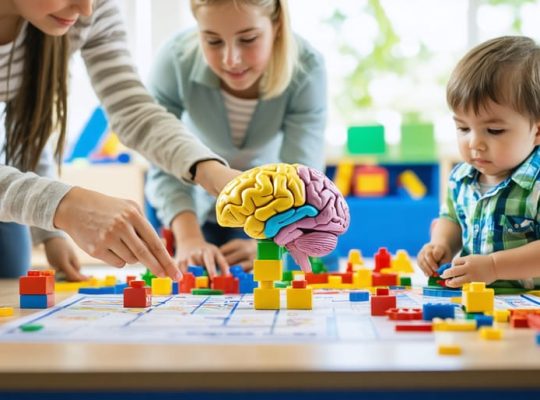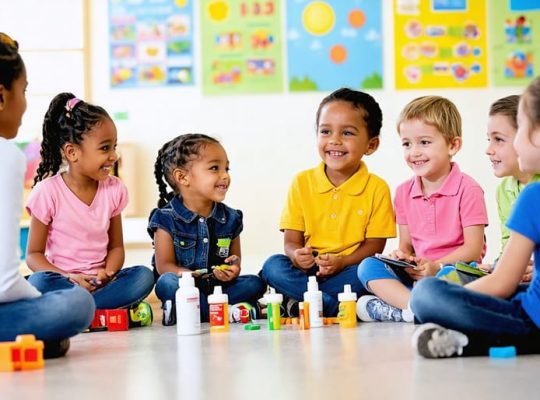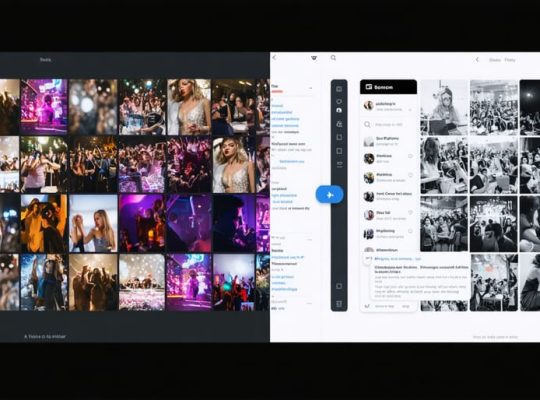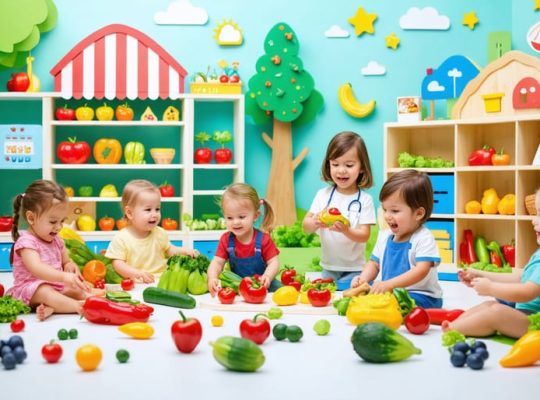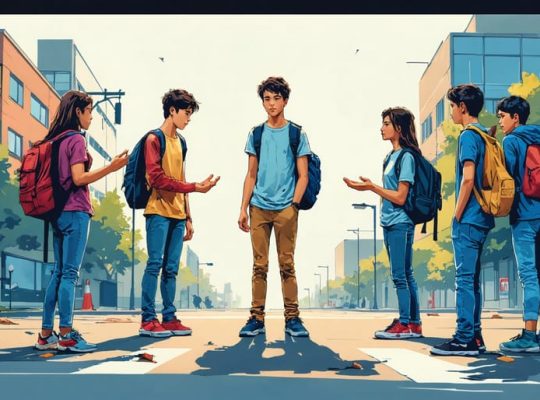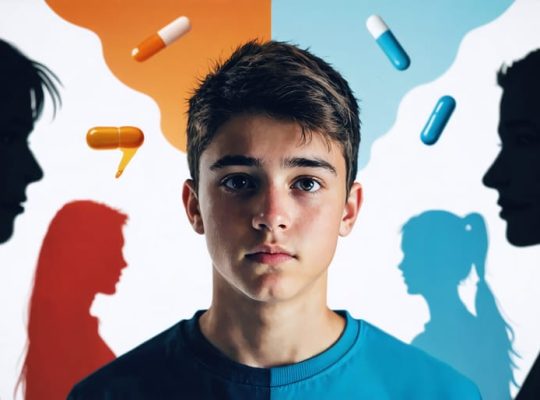Building Strong Minds Early: How Teachers and Parents Can Prevent Substance Use Through Education
Building a strong foundation in early childhood education demands a comprehensive, evidence-based approach that nurtures both cognitive and emotional development. Research consistently shows that the first five years of life are crucial for establishing lifelong learning patterns, much like how early substance abuse prevention shapes long-term behavioral outcomes.
Educational experts now recognize that successful early childhood programs combine structured learning with play-based …

